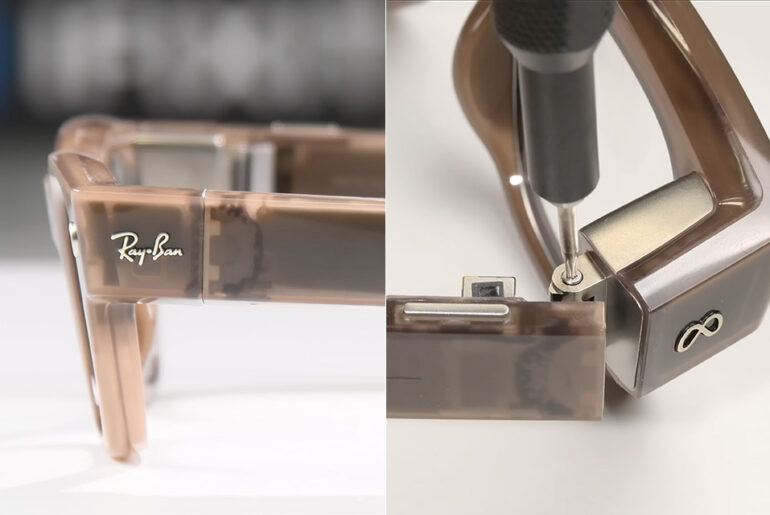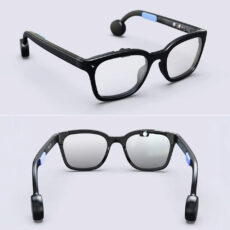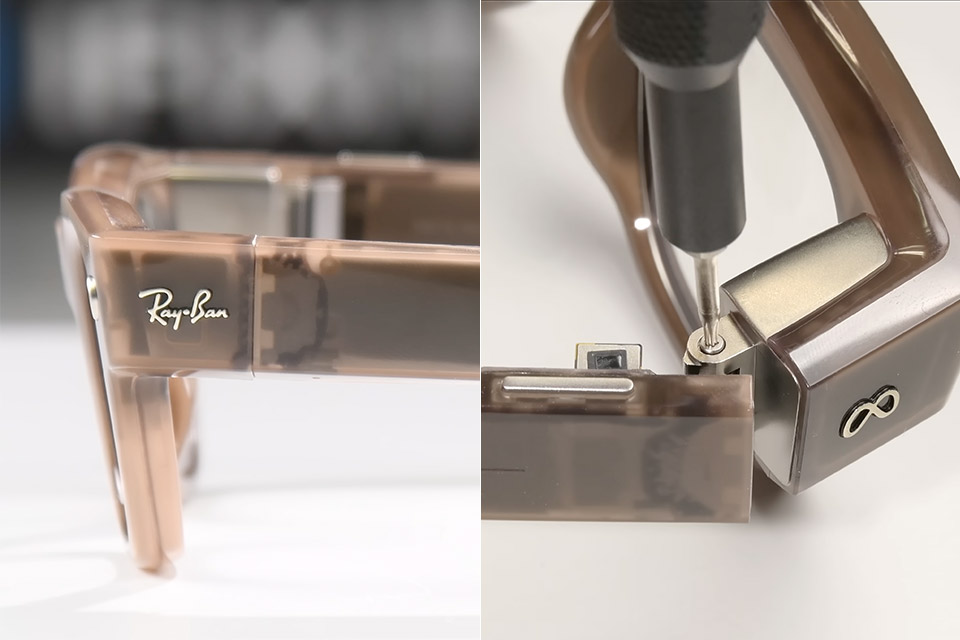
Meta’s Ray-Ban Display glasses, which cost $800, are a leap into augmented reality with cutting edge tech packed into a stylish frame. The iFixit team found these glasses to be a marvel of engineering, especially the glass lenses, but repairability is lacking.
Schott and Lumus created the geometric waveguide glass, which is the star inside. This is not your average lens. A micro-projector in the right arm projects a 600×600-pixel image via liquid crystal on silicon (LCoS) technology, bouncing light off small mirrors in the glass. These mirrors focus the image on your eye while remaining invisible to others, avoiding the annoying “eye shine” of previous AR glasses using diffractive waveguides. What was the result? A sharp, private display in your lower right vision. Schott’s glassmaking precision—stacking, cutting and grinding layers with diamond wire saws—allows for this, but it’s so specialized that fixing a scratched or fractured lens is a pipe dream.
- Tap into iconic style and advanced technology with Ray-Ban Meta. Capture photos and videos, listen to music, make hands-free calls or ask Meta AI...
- Chat with Meta AI to get suggestions, answers and reminders. Plus, with live translation, you can have a back-and-forth conversation in six languages...
- Capture photos and videos hands-free with an ultra-wide 12 MP camera. With improved video quality you can record sharp, vibrant memories while staying...
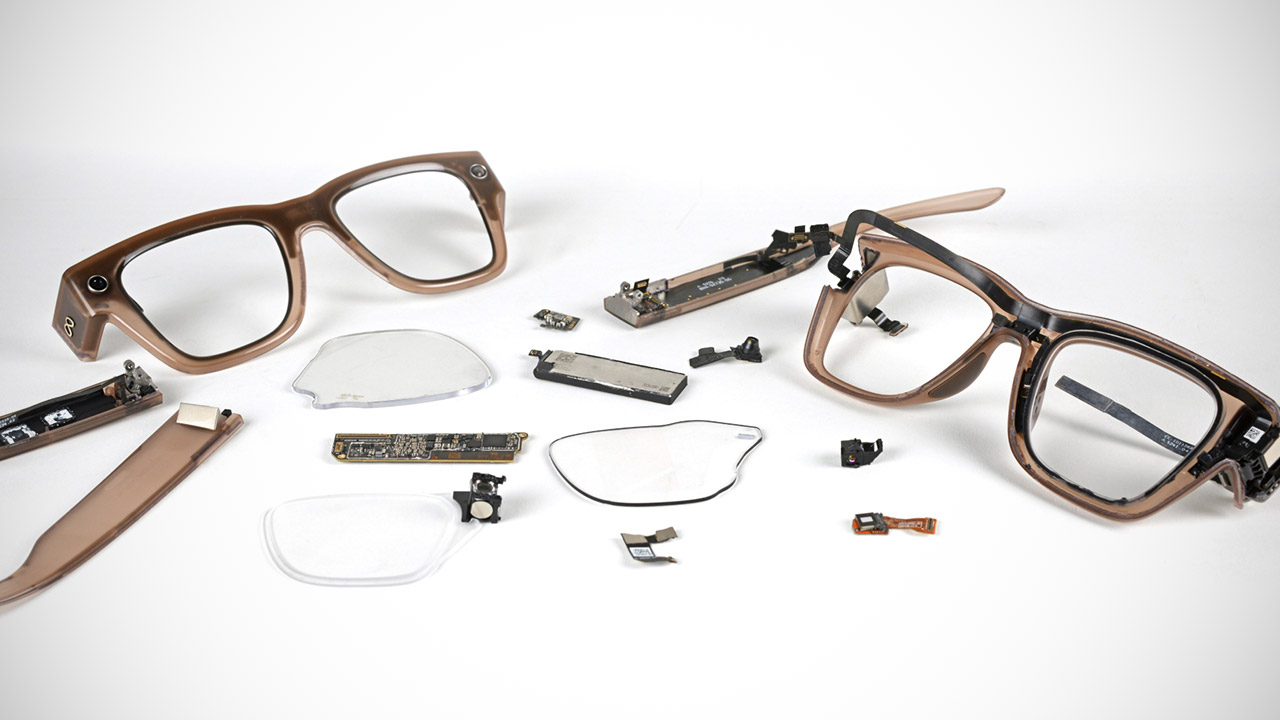
Repairing these glasses is a pain to say the least. The 960 mWh battery in one arm may last 6 hours of mixed use, but switching it requires heat, patience and a firm touch to pry out sealed seams without damaging sensitive connections. Meta doesn’t provide replacement batteries and even if they did, resealing the arm is a gamble. The hinges, buried beneath bonded panels and small screws, are impossible to find. The speakers and microphones soldered in place require a lot of skill to remove. According to iFixit, these glasses are not repairable, there are no modular parts or easy fixes.
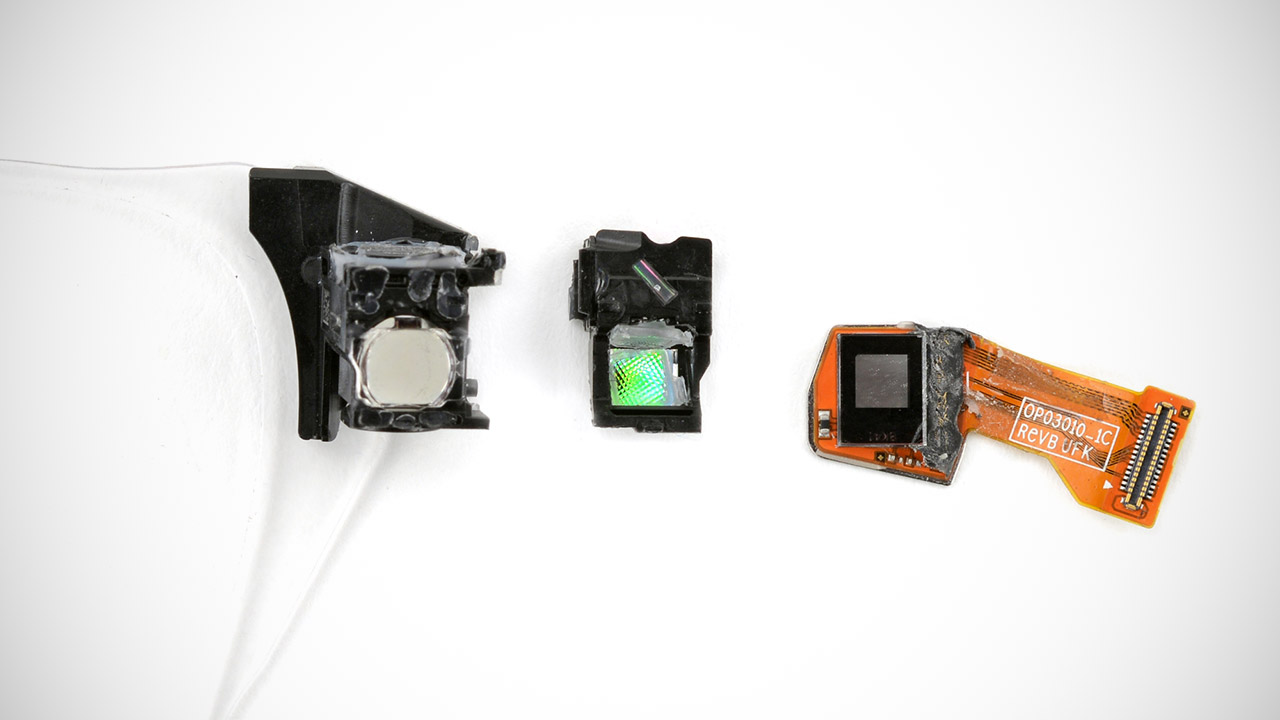
Despite the tech—32GB storage, 2GB RAM and Snapdragon AR1 chipset—the design prioritizes compactness over durability. The lenses, including a Transitions auto-darkening one, degrade over time but replacing them is not an option. Compare that to other gadgets like iPhones where repairability has made progress. While Meta’s glasses give us a glimpse into the future of augmented reality, repairs are an afterthought, you have to baby an $800 device or risk a expensive replacement.

